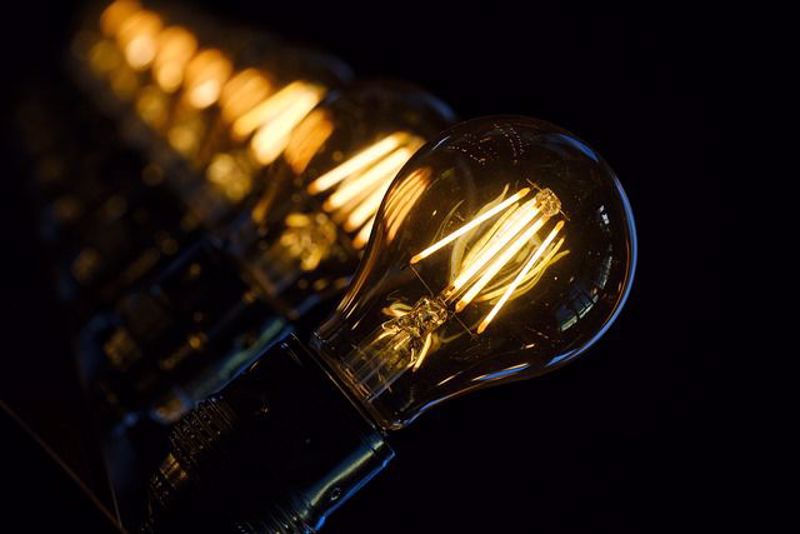Home Depot has everything you need to take care of your home, including Lightbulbs. With a Home Depot Money Off Coupon from We Are Coupons you can save money on lightbulbs for your home, Lightbulbs are an essential part of our daily lives and can greatly impact the overall look, feel, and energy efficiency of our homes. With so many options available on the market, it can be overwhelming to choose the right one for your home. In this blog post, we’ll go over the key factors you need to consider when choosing lightbulbs for your home in the United States.
Lumens
Lumens refer to the amount of light a bulb emits. A higher lumen value means a brighter light, while a lower lumen value means a dimmer light. When choosing a lightbulb, you should consider the intended use of the room. For example, a bedroom or living room typically requires a lower lumen value for a warm and cozy atmosphere, while a kitchen or bathroom may benefit from a higher lumen value for brighter and clearer light.
Wattage
Wattage is the amount of energy a bulb uses to produce light. The lower the wattage, the more energy-efficient the bulb is. This means that you can save money on your energy bills by choosing a bulb with a lower wattage. However, it's important to keep in mind that lower wattage bulbs may produce less light, so you may need to choose a higher lumen value to compensate for this.
Color temperature
Color temperature refers to the tone or hue of the light produced by a bulb. The color temperature is measured in Kelvins (K) and ranges from warm white (2700K) to cool white (6500K). A warm white bulb is best for relaxing environments, such as bedrooms and living rooms, while a cool white bulb is best for tasks requiring bright and clear light, such as kitchens and bathrooms.
Bulb type
There are several types of lightbulbs available on the market, including incandescent, LED, CFL, and halogen. Incandescent bulbs are the traditional type of bulb and are not as energy-efficient as other options. LED bulbs are the most energy-efficient option and can last up to 25 times longer than incandescent bulbs. CFL bulbs are also energy-efficient, but contain small amounts of mercury, making them less environmentally friendly. Halogen bulbs are similar to incandescent bulbs and are not as energy-efficient as LED or CFL bulbs.
Dimmability
If you want the option to adjust the brightness of your lights, you may want to choose a dimmable bulb. This will allow you to create the perfect lighting atmosphere for any occasion, whether it be a dinner party, a movie night, or a relaxing evening. Not all bulbs are dimmable, so be sure to check the product specifications before purchasing.
Compatibility with fixtures
Before purchasing lightbulbs, it's important to make sure that they are compatible with your existing fixtures. For example, some LED bulbs require special fixtures and cannot be used with traditional fixtures. You should also make sure that the size and shape of the bulb is compatible with your fixtures.
Energy-efficiency certification
The US Department of Energy has established energy-efficiency certifications for lightbulbs, including ENERGY STAR and the ENERGY-efficient Lighting (EEL) program. These certifications ensure that the bulb meets certain energy-efficiency standards, and can help you save money on your energy bills.
In conclusion, choosing the right lightbulbs for your home in the United States requires careful consideration of several factors. By taking the time to understand the importance of lumens, wattage, color temperature, bulb type, dimmability, compatibility with fixtures, and energy-efficiency certification




